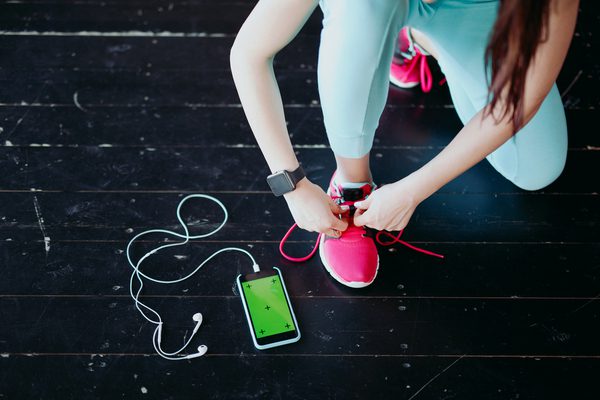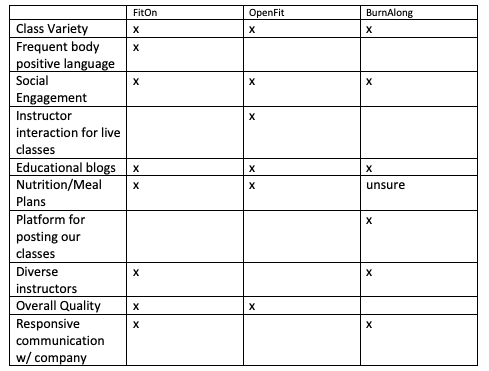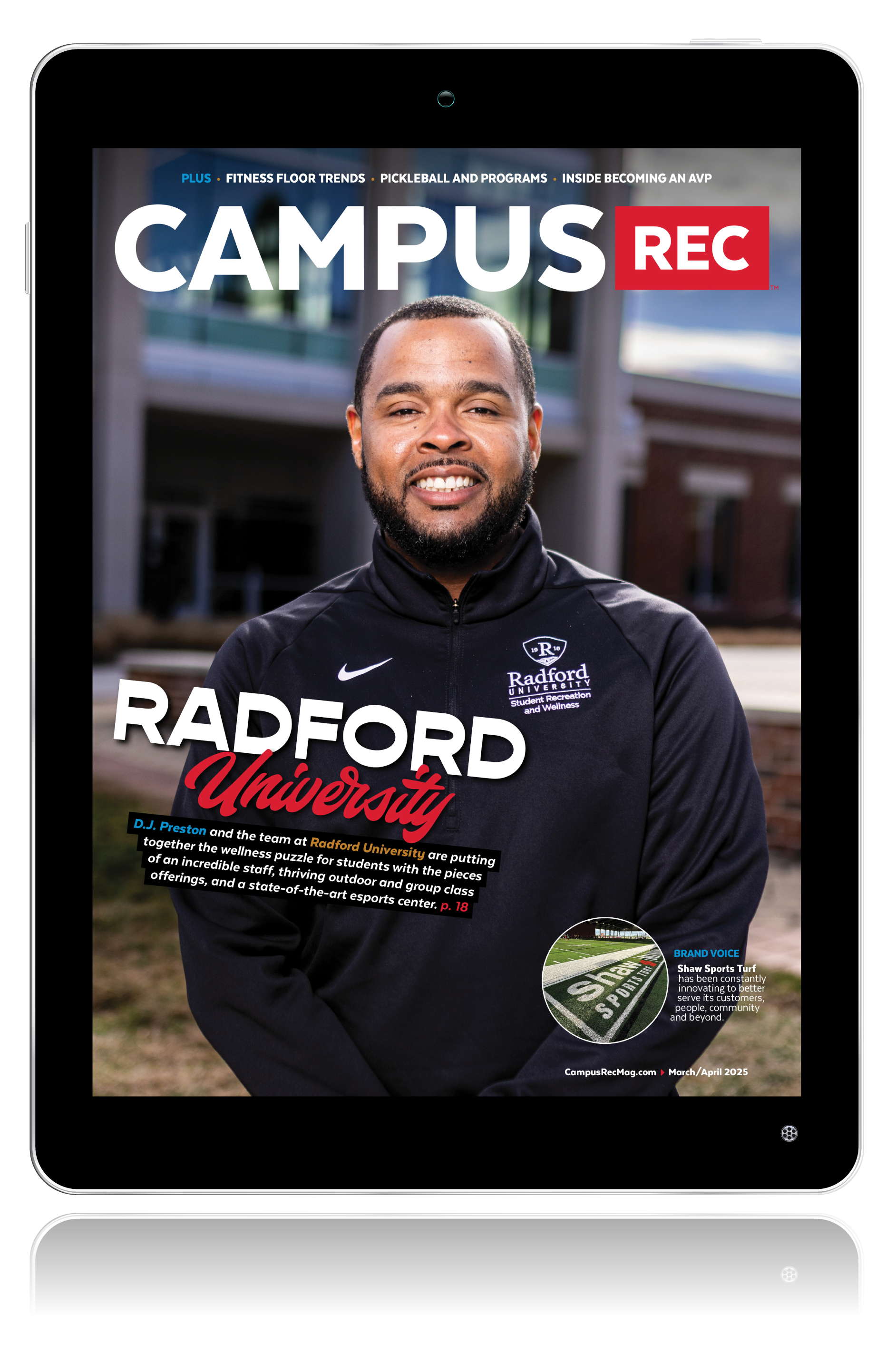
As the fall semester was approaching and the pandemic threatened to keep the recreation center closed, there was an increased urgency to figure out how to offer a quality fitness and wellness program without our student instructors, leading many to look to fitness apps for help.
I started researching fitness apps and met with BurnAlong, OpenFit and FitOn to learn about what makes their fitness platform unique and well-suited for the Towson University community. I inquired about the social engagement features, and how we could partner together to offer the premium version of their apps to our remote students, faculty and staff.
There were a few aspects the fitness platform had to have in order to get the campus rec seal of approval. The class offerings needed to represent the variety in format, level and time our in-person class schedule offered. The instructors needed to use the body-positive, self-loving, motivational language of which we spend hours on coaching our student fitness instructors.
There needed to be a social component comparable to the one that draws students into our studios and will keep them connected to us. And, most importantly to our mission and values, the classes needed to be taught safely with sound form and alignment cues, accessible to all, and the instructors needed to be representative of our student body. As any fitness professional could concur, those most important features were undoubtably the most difficult to find.
Each platform offered great format variety. BurnAlong offers a fantastic social engagement opportunity and FitOn is continuing to develop theirs, while OpenFit had a really interactive live class option. All three offered quality education, and OpenFit and FitOn also offered nutritious recipes and meal planning. Both BurnAlong and FitOn’s target audiences are the everyday consumer looking to add movement and self-care into their day — not the ultra-athlete, the nutrition supplement connoisseur or the weight-loss focused.
FitOn targets the user in their 20s to 30s who isn’t able to make it to the gym on a regular basis due to time constraints — the No. 1 barrier to gym usage on our campus — or financial barriers, another common barrier for college students. BurnAlong and FitOn both had some of the greatest representation of diverse instructors of any other app I came across.
While offering and promoting a fitness app could result in students not feeling the need to return to our facility or our programs, it is important to remember the common mission of campus recreation departments. We often get hyper-focused on the usage number and rely on it to validate our purpose. As the director of assessment for our department, I still wanted to ensure we could share our value. It only took a moment for the president of FitOn to recognize that assessment is in my title, and he spoke about the various — millions actually — of data points they can provide enabling me to still share the influence we have on student well-being, even without ever seeing them in person.
Our mission isn’t to have high usages numbers. Our mission statement is rooted in providing opportunities for engagement and lifelong well-being, and in my assessment of fitness apps, it was evident that can absolutely be done without the student ever setting foot inside our building. This may create a feeling of vulnerability, or it can create an opportunity for bravery to try something new, something that reaches beyond our walls and the barriers those walls create.
This pandemic has reminded us we truly can work out anywhere; that we can dedicate time for self-care and movement outside of the walls of a gym. Maybe we also can earn attention and trust by reaching outward to students instead of bringing them in.











